Improving the acoustics in your home can greatly enhance the overall listening experience, whether it’s for music, movies, or even just having a conversation. The key to achieving good acoustics is to choose the right materials for your space. In this article, we will discuss the different types of materials that can be used to improve the acoustics in your home and how to choose the best ones for your specific needs.

understand the basics of acoustics
First, it’s important to understand the basics of acoustics. Sound travels in waves and can be reflected, absorbed, or transmitted through different materials. In order to improve the acoustics in a room, you need to strike a balance between absorption and reflection. Too much absorption can make a room sound dead, while too much reflection can create echoes and make it difficult to understand speech.
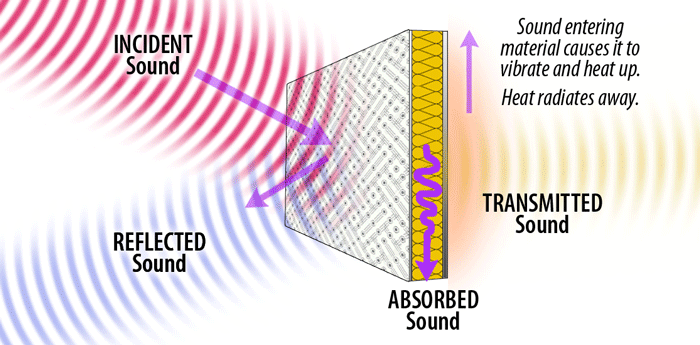
using acoustic panels
One of the most effective ways to improve the acoustics in a room is by using acoustic panels. These are panels made of materials that are specifically designed to absorb sound. They can be mounted on walls or ceilings and come in a variety of shapes and sizes. Some popular materials for acoustic panels include fiberglass, rock wool, and polyester. Fiberglass is a popular choice because it is lightweight and has a high Noise Reduction Coefficient (NRC) rating, which measures a material’s ability to absorb sound. Rock wool and polyester are also good choices because they are fire-resistant and have a high NRC rating.
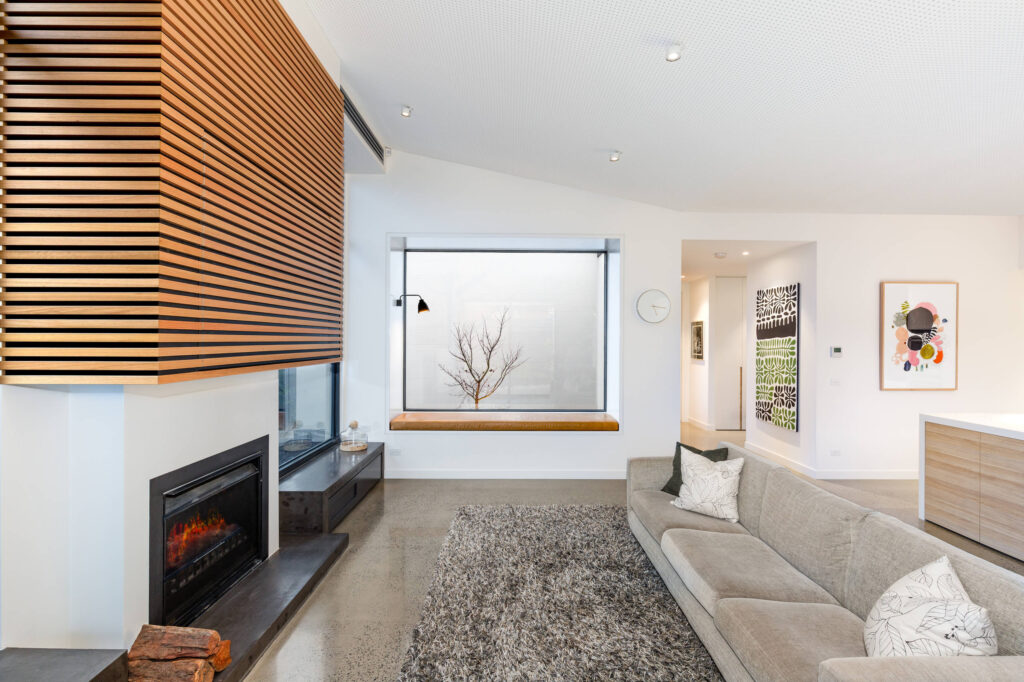
using bass traps
Another way to improve the acoustics in a room is by using bass traps. These are specially designed panels that are placed in the corners of a room to absorb low-frequency sound waves. They are particularly useful in rooms with hard surfaces such as tile or concrete, which can create a boomy sound. Bass traps can be made of the same materials as acoustic panels, such as fiberglass, rock wool, and polyester.
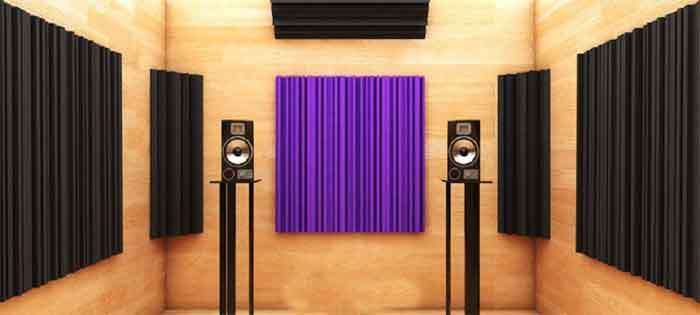
using acoustic ceiling tiles
Acoustic ceiling tiles are another great way to improve the acoustics in a room. These tiles are designed to be installed in a suspended ceiling and are made of materials that absorb sound. They are particularly useful for rooms with high ceilings, as sound waves tend to travel further in these spaces. Some popular materials for acoustic ceiling tiles include mineral fiber and perforated metal.

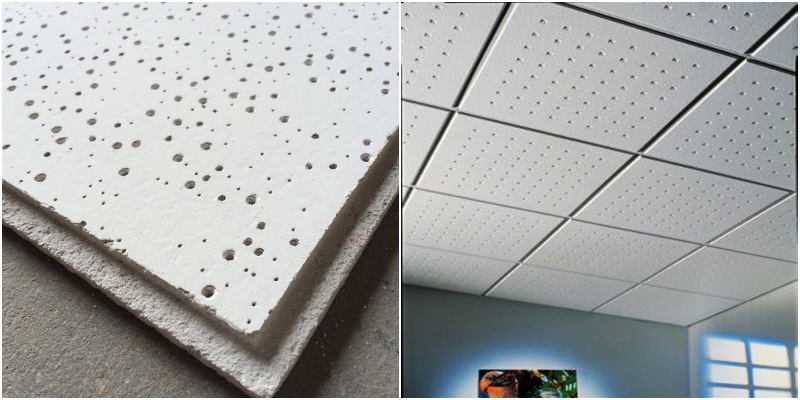
using diffusers
Another way to improve the acoustics in a room is by using diffusers. These are panels that are designed to scatter sound waves, rather than absorb them. They are particularly useful in rooms with a lot of hard surfaces, as they help to break up echoes and reduce the amount of reflected sound. Some popular materials for diffusers include wood and foam.
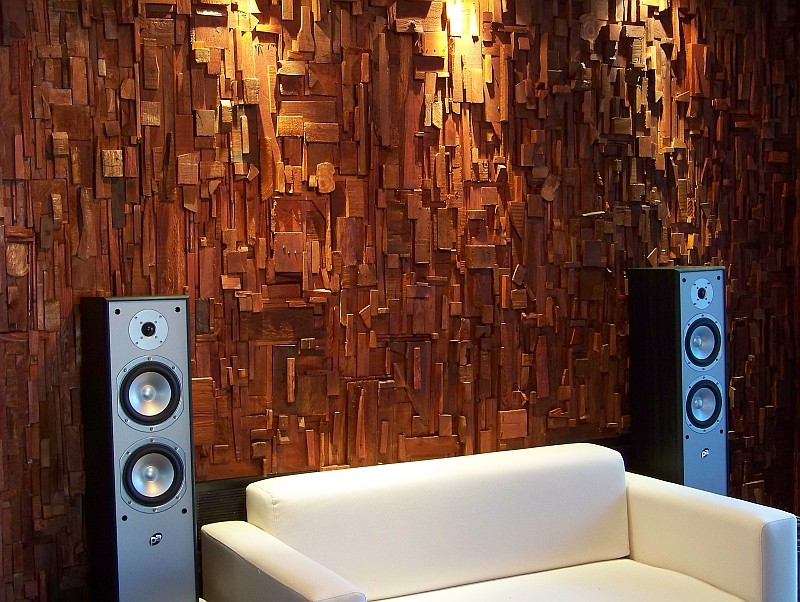
consider the specific needs of your space
When choosing materials for your home acoustics, it’s important to consider the specific needs of your space. For example, if you have a room with a lot of hard surfaces, you may want to use more absorption materials such as acoustic panels and bass traps. If you have a room with a high ceiling, you may want to use acoustic ceiling tiles. And if you have a room with a lot of echoes, you may want to use diffusers.
Also, consider the overall aesthetic of your space
Another important factor to consider is the overall aesthetic of your space. There are a variety of different materials and styles available for acoustic treatments, so you can choose something that matches the decor of your home. For example, if you have a modern home, you may want to use sleek, minimalist acoustic panels. If you have a traditional home, you may want to use wooden diffusers.
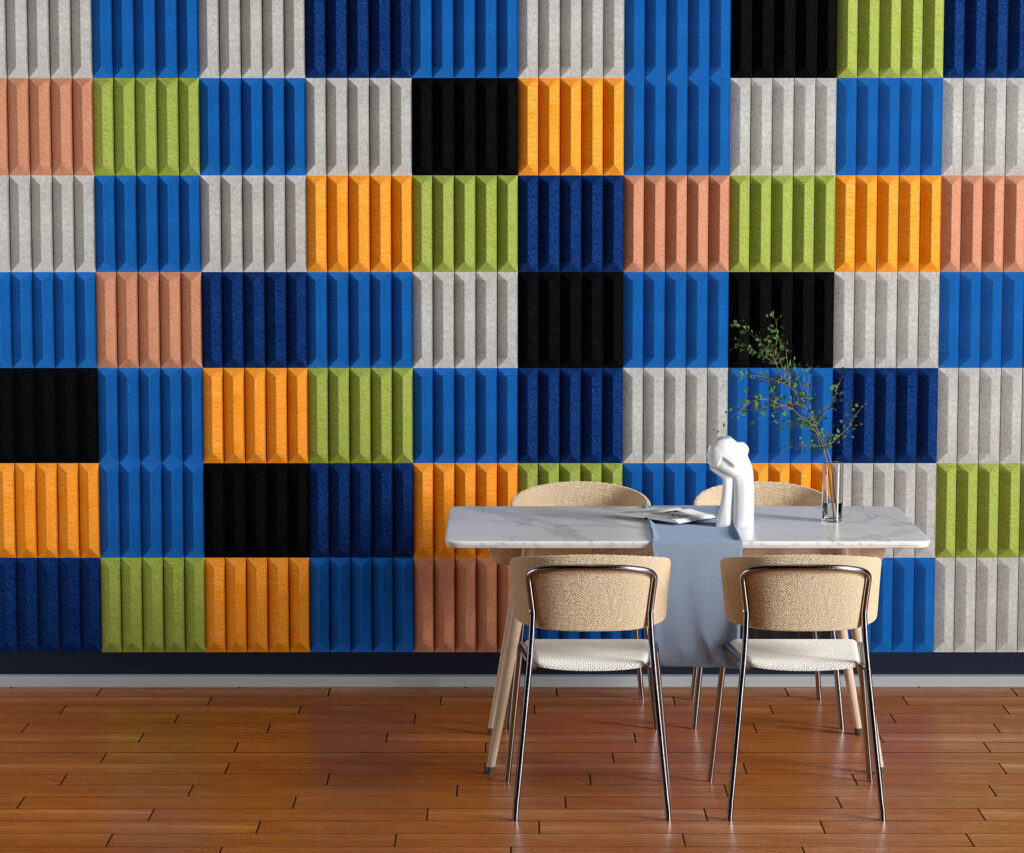
Finally, it’s important to consider the cost of the materials. Acoustic treatments can be expensive, so it’s important to choose materials that fit within your budget. However, it’s important to remember that investing in good acoustics can greatly enhance the overall listening experience in your home.
